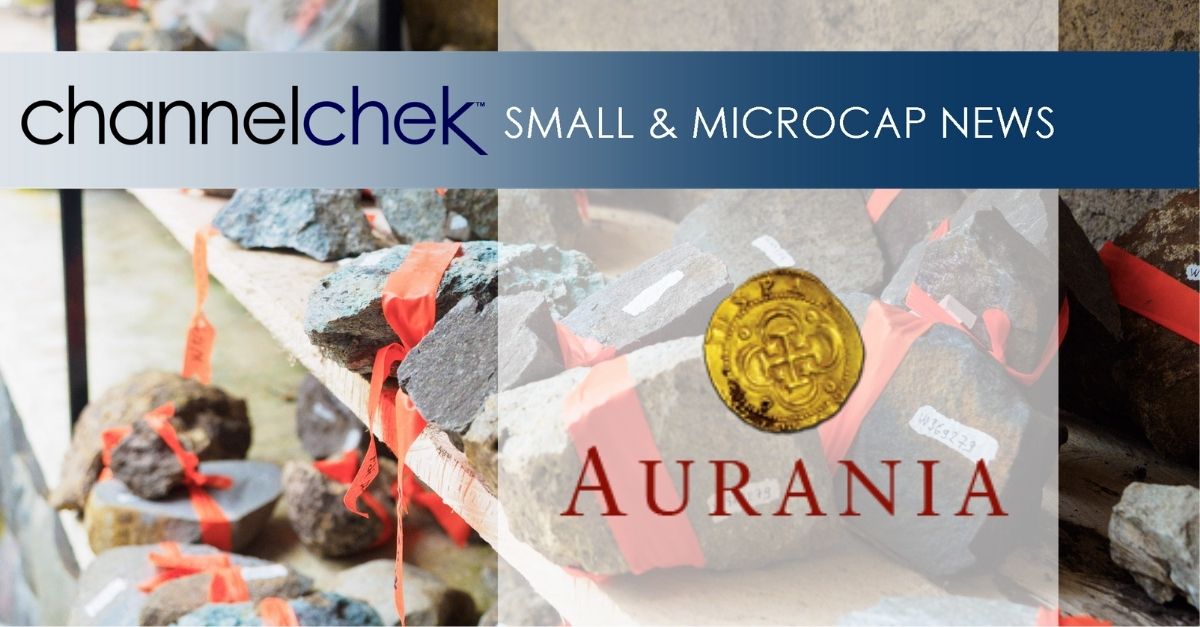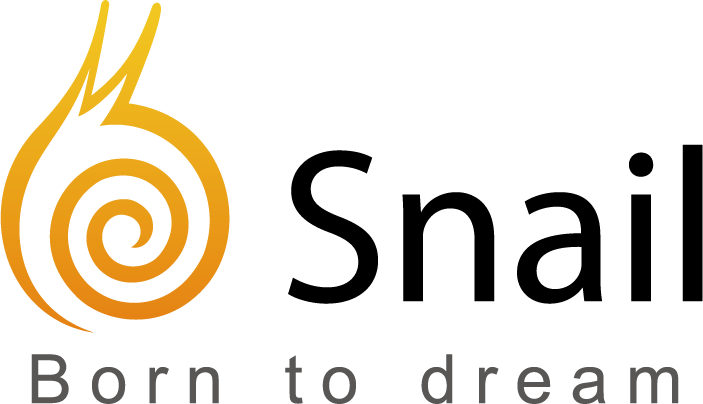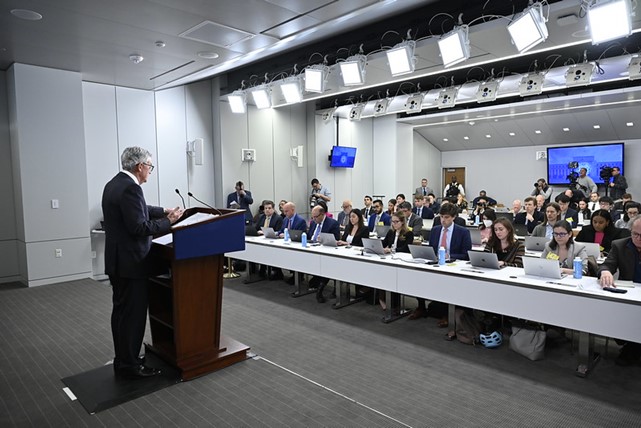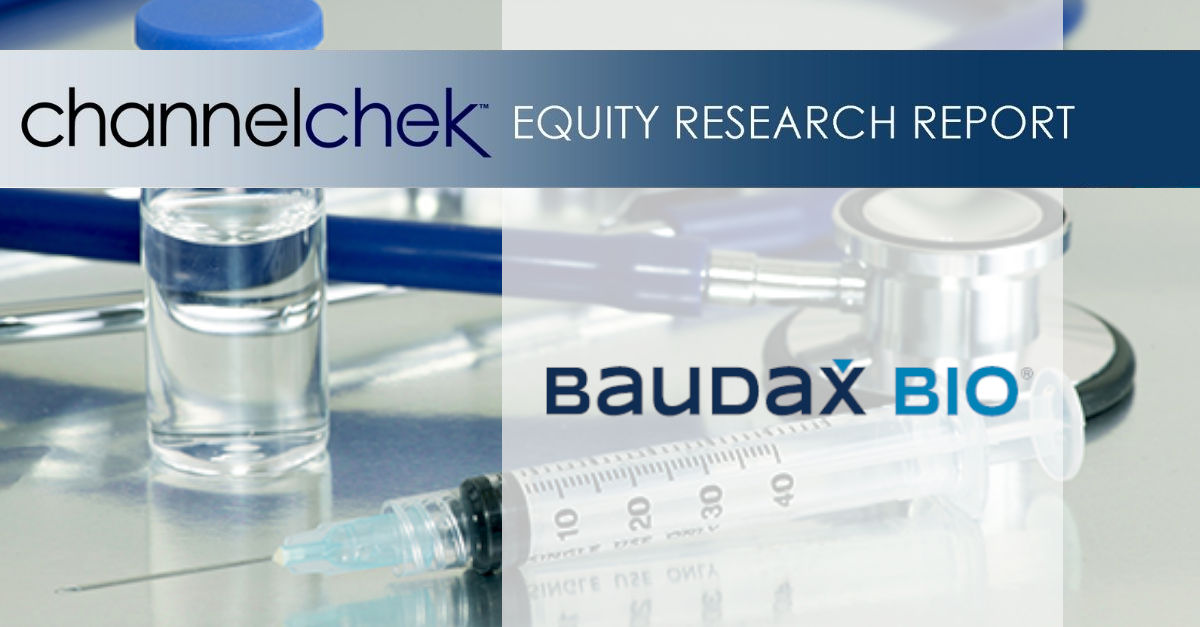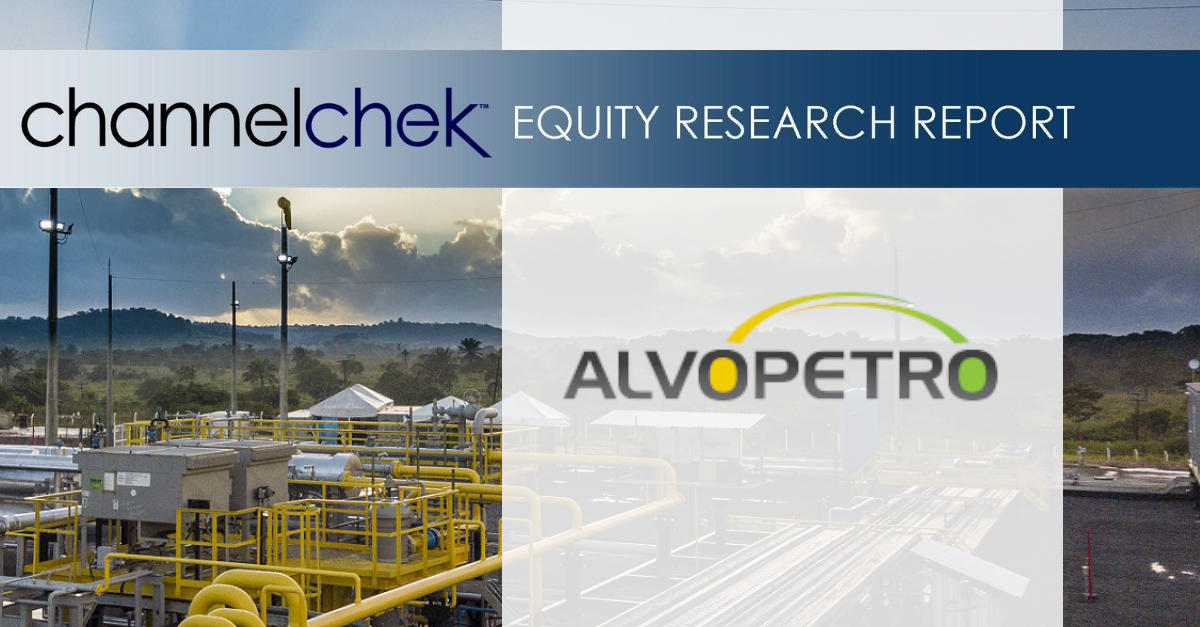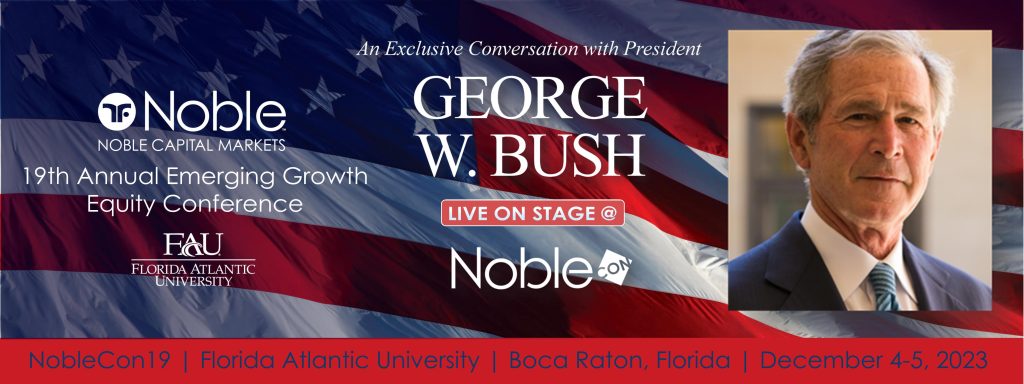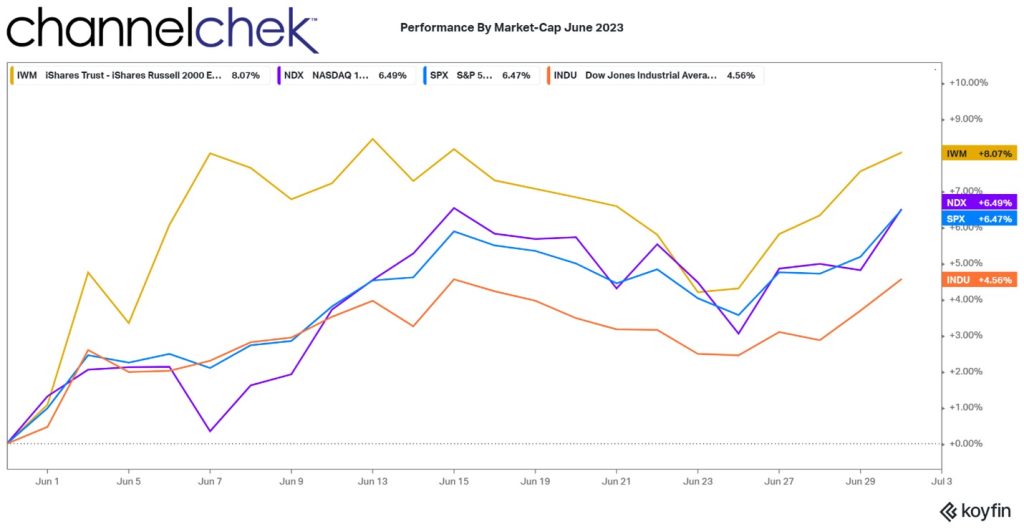
As the Fear Index Screams Upward, It’s Worth Noting It is Still Near It’s 2023 Low
Suddenly, the Volatility Index or VIX, is trending. While the month of June showed extremely low volatility in stocks, the FOMC Minutes on July 5th lit a fuse on investors during a relatively low-volume holiday trading week. Whether the VIX level increases or remains elevated from here remains to be seen, but it is important to understand what it usually indicates, what it does not, and how traders use the CBOE’s Volatility Index.
The VIX, short for the Chicago Board Options Exchange Volatility Index, is a measure of market volatility. It is calculated based on the prices of S&P 500 index options, and it is often referred to as the “fear index” because it tends to rise when investors are feeling more fearful about the market. It reached its low point of the year (-40%) on June 22nd as volatility has been trending down since the start of Spring. While it bounced in dramatic fashion this week, it is important to note that this is a thinly traded week, and the index is still -29% YTD.
The Vix is Up Over 13% in Less Than a Week

What is the VIX that is So Important?
The VIX index is a derivative instrument that is widely traded. By some, to hedge portfolio risk, by others to speculate on the direction of stock market volatility. According to the CBOE, it is “a real-time index that represents the market’s expectations for the relative strength of near-term price changes of the S&P 500 Index (SPX).” The CBOE uses prices in the SPX Index (S&P 500) with short expiration dates, then it generates a 30 day projection of how quickly prices may change, which is volatility. It is often called the “fear index” as volatility shows a more erratic market that both stems from fear and produces fear.
The Index is not a perfect predictor of market activity, but it can be a useful tool for investors. It is important to remember that the VIX index is based on options prices, and options prices can be volatile themselves. As a result, the VIX index can sometimes give false signals.
How is it Used
Investors use the VIX index in a number of ways. Some investors use it to gauge the overall level of risk in the market. Others use it to help them decide whether to buy or sell stocks. And still others use it to hedge their portfolios against market volatility.
To gauge the overall level of risk in the market. The VIX index is a good way to get a sense of how worried investors are about the market. A high VIX index indicates that investors are feeling more fearful, while a low VIX index indicates that investors are feeling more confident.
Some investors use the VIX index to help them decide whether to buy or sell stocks. If the VIX index is high, they may be more likely to sell stocks, as they believe that the market is likely to be volatile. If the VIX index is low, they may be more likely to buy stocks, as they believe that the market is likely to be stable.
Investors can use the VIX index to hedge their portfolios against market volatility. For example, they can buy VIX futures or options to smooth returns or protect themselves from losses if the market becomes more volatile.
It is important to remember that the VIX index is not a perfect predictor of market activity. It is based on options prices, and options prices can be volatile themselves. As a result, the VIX index can sometimes give false signals. However, the VIX index can be a useful tool for investors who are looking to get a sense of the overall level of risk in the market and to help them make informed investment decisions.
Take Away
The Vix Index is off its low for the year, it was reached in late June. The speed at which it rose this week may caused fear, but the move could be exaggerated by a holiday-shortened thinly traded week in the markets. There does however seem to have been a change in thinking among the securities markets. U.S. Treasury rates out in the longer periods rose after the FOMC minutes were released. The stock market for months has been viewing good economic news as bad and bad economic news as good. The minutes, coupled with an employment report this week indicate a still strong economy. The stock market was wishing for weak economic reports as participants feared higher Fed induced interest rates.
Whether the new sentiment among bond traders holds remains to be seen. If it does, the yield curve will take on a normal slope. Will a positively sloping curve be viewed by stock market investors and those that believed the inverted curve indicated a recession as bullish? Time will tell.
Managing Editor, Channelchek

